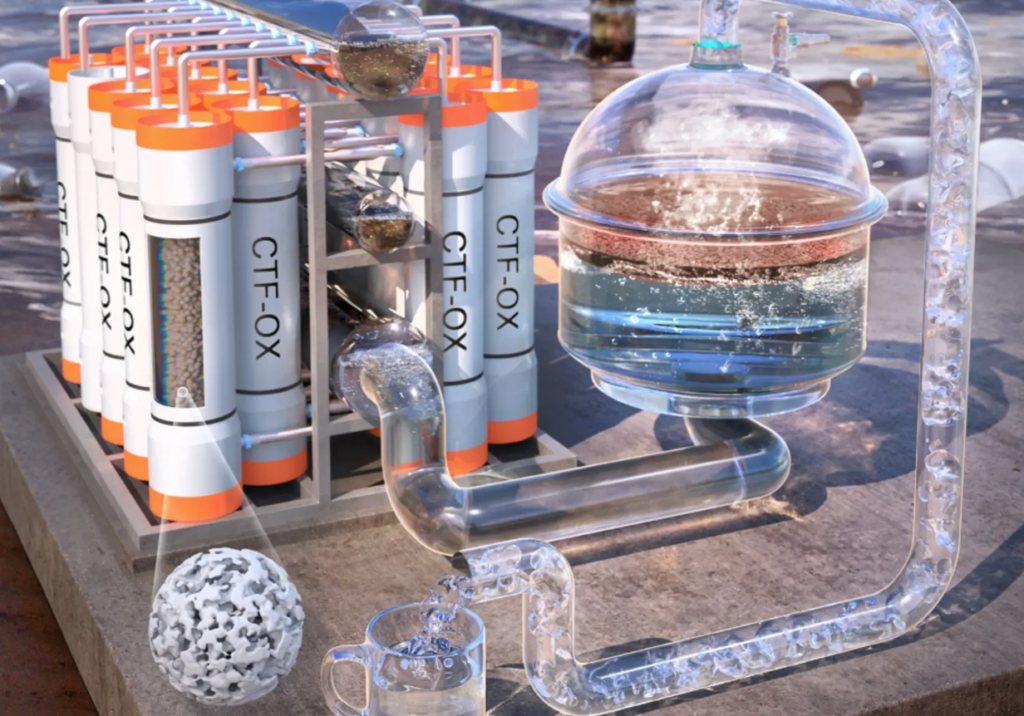From economical raw materials an ecological filter against microplastics and volatile organic compounds
(sustainabilityenvironment.com) – They are tiny, imperceptible to the human eye and, above all, they are everywhere. From the ocean depths to the peaks of the world’s highest mountains, microplastics have become the most widespread and pervasive contaminant. To the point of being discovered inside human blood. Little is yet known about the damage to health but what is certain is that the plastic particles have also colonized the food chains disturbing the biological functions of several species. Their main vector? Water, that of rivers, lakes and oceans. That is why much of the research to combat these pollutants focuses on filtering solutions.
Different water purification systems have been tested in recent years; however, separating or disposing of microplastics using filters remains difficult due to their small size. In particular, smaller than microns, nano-particles have problems that are difficult to overcome, such as clogging membranes. The problem is solved today by a research group of the DGIST, in South Korea. Scientists have created a new porous material that removes almost all of microplastics in water in seconds.
Read also Gulp captures microplastics of washing machine drains
Porous carbon-based materials have some limitations as the adsorption rate is slow and high thermal energy is needed for recycling. Professor Chi-Young Park’s team was able to synthesize a porous polymer with excellent adsorption performance from an economic precursor. A hydrophilic functional group was introduced on the molecule to allow rapid capture of micropollutants in an aquatic environment.
“The technology we have developed is an unrivaled water purification technology with the highest purification efficiency in the world, which removes more than 99.9% of phenolic microplastics and VOC contaminants in water at very high speeds” explained Professor Park Chi-Young, author of the study. “We expect that it will be a universal technology with high efficiency, economic and able to purify contaminated water and provide drinking water even in areas where there is no power supply”.

